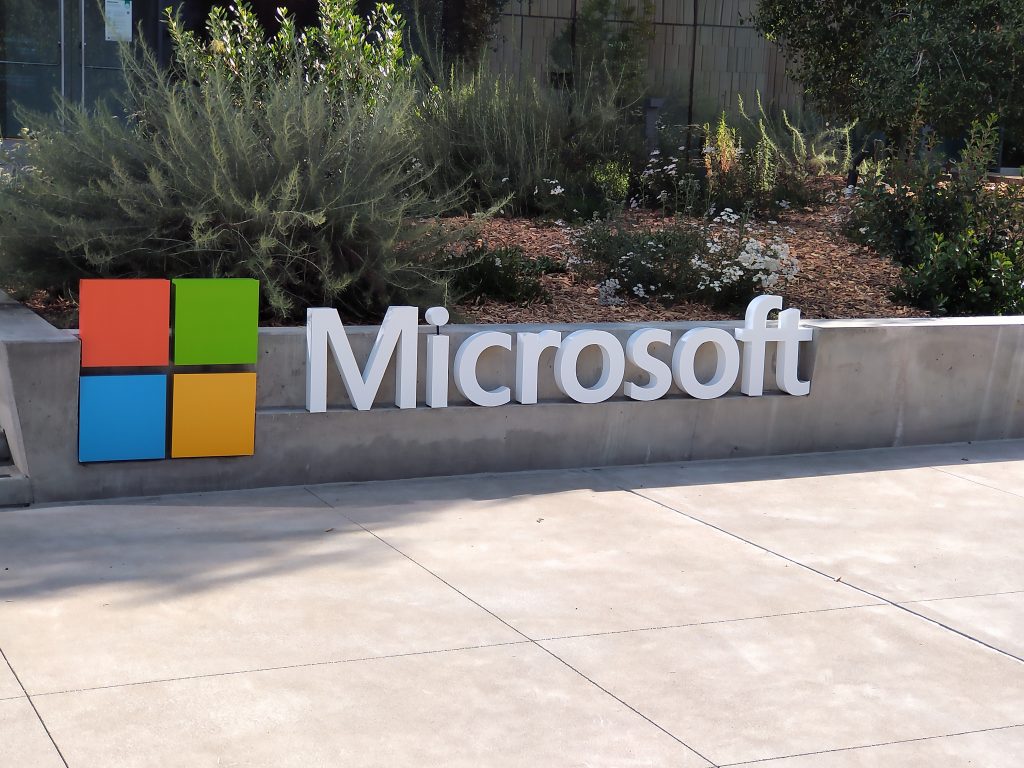Key players have laid out the impending developments that will make the Internet of Things (IoT) the key area for CSPs (communications service providers) going forward. Business technology journalist, Antony Savvas says there is little to argue with here and telcos must prepare for an increasingly competitive environment at the edge.
Everything changes
Eseye, a provider of cellular IoT connectivity solutions, expects “seismic changes” over the coming year, as the industry “hits an inflection point”. It says enterprises are developing sophisticated use cases with new technologies, enabling a “power shift” from mobile network operators (MNOs) to the enterprise.
“2023 is the year that everything changes in the world of connectivity,” says Nick Earle, CEO of Eseye. “Hardware design and configuration will become paramount as the power and choice finally switches into the hands of the enterprise and the device, and a new breed of MVNO (mobile virtual network operator) emerges to unlock this potential.”

Over the last year, eSIMs have solved the interoperability challenge, maintains Earle, allowing choice between mobile networks. Now, customers with eSIM-enabled IoT devices have the ability to easily switch networks, reducing ties to MNOs they initially signed up to.
This evolution is the catalyst for five significant trends in the year ahead, says Eseye.
Lock-in cracks
As eSIMs become the default technology for IoT devices, the 40-year MNO proprietary lock-in is going. At the same time, hyperscalers, such as Amazon, Microsoft and Google, are investing heavily into IoT, connectivity and networking solutions.
In the next 12 months, MNOs will change their business models to offer their services through a mobile virtual network operator (MVNO) model, which will be better aligned and will more seamlessly integrate with the hyperscalers’ offerings. For the enterprise, this means more global flexibility when choosing their connectivity solutions.
Interoperability
Secondly, interoperability between public and private networks will become a priority. Big enterprises are starting to build towards LTE (long-term evolution to 4G) private networks, and there will be increased focus on roaming to and from private networks as adoption grows. However, this places more complicated demands on connectivity.
While MVNOs have solved the problem of switching between different networks, in this new environment they must also pay attention to cross-network switching. This means MVNOs who offer rules-based switching between public and private networks, while still maintaining a single management pane, common APIs (application programming interfaces) and consolidated billing, will become the dominant players in this ecosystem.
Agnostic
“Network agnostic” and “multi-RAT” is here. As modem costs drop, there is increased interest in utilising multiple radio access types (RATs) and different network providers, delivering a mix of options to optimise connectivity of IoT deployments. There are also innovations happening in areas such as low earth orbiting (LEO) satellite constellations and device-to-cloud satellite communications.

As these different types of networks increase, devices will need better functionality and there will be more devices with multiple modes of connectivity to work wherever they find themselves. The next generation MVNO must embrace a multi-RAT design strategy and seamlessly support and optimise network solutions across cellular, Wi-Fi, LoRaWAN, satellite and other systems.
Convergence
Previously disparate enterprise and consumer models are now blending across industries such as healthcare, smart energy, electric vehicles and others.
This will result in the rise of next-generation MVNOs who will enable this integration, providing connectivity solutions that bridge the two worlds.
Embedded

Today, devices need embedded intelligence to operate in different environments, detect connectivity and utilise the right components and protocols.
This often requires complicated configuration at the design stage, and in the next 12 months, hardware will be as important, if not more important, than software.
Devices need to have connectivity and flexibility built in by design so that they can adapt as the market evolves.
Security
Paul Bullock, chief product officer at Wireless Logic, said the issue of security was also key to IoT’s imminent big growth in the field.
Bullock told VanillaPlus: “One of the top priorities for any maker of connected consumer devices, whether that be smartphones, fitness devices, or other IoT-enabled products, is that they need to ensure secure connectivity for their customers. With the growing challenges of today’s IoT landscape, security will be increasingly important to the market going forward.
“Different regions are moving at different rates, but there is a clear move towards cyber security legislation designed to protect consumers and hold organisations accountable.”

This year, for example, the US has strengthened its laws on cyber incident reporting. In the UK, recent regulations are placing more legal duties and measures around security, not only at the consumer end, but also throughout the supply chain. While across Europe, the EU Cyber Resilience Act is designed to implement common cyber security rules for digital products and all their associated services.
Bullock says: “An exciting innovation in device security is the arrival of a GSMA standard called IoT SAFE. With IoT SAFE, cryptographic certificates are embedded within the SIM itself, meaning the device can use those certificates to create secure networks and, most importantly, establish its identity.
“Much like the Internet, cellular IoT is undergoing serious transformative innovations and changes. These will create new types of players, a re-ordering of the market, and will allow enterprises to realise the vision of connected devices more fully in more and more use cases. But they must be met with secure, reliable connectivity.”
Eventually, says Bullock, cyber security will become a certification requirement and no longer just an option.
Tackling a downturn
Galit Shemesh Cohen, product manager lead at IoT connectivity and management platform FirstPoint, says the impending economic downturn can be tackled with the help of IoT.

She says: “An increasing number of businesses will be looking at how to reduce operational costs while still focusing on improving user experience.
“One significant way to achieve this goal is through IoT, harnessing the power of millions of devices such as pressure and temperature sensors and electric, pneumatic actuators to collect, analyse, automate and control business data and processes. This will also improve end-customer satisfaction.”
While buoyancy in global markets obviously helps drive growth in cutting-edge technical solutions, sometimes they can cut through regardless. That will be the case with IoT at the growing communications edge.
The author is Antony Savvas, a global freelance business technology journalist.
Comment on this article below or via Twitter: @VanillaPlus OR @jcvplus






